Discover Plants with Small Flowers for Gardens
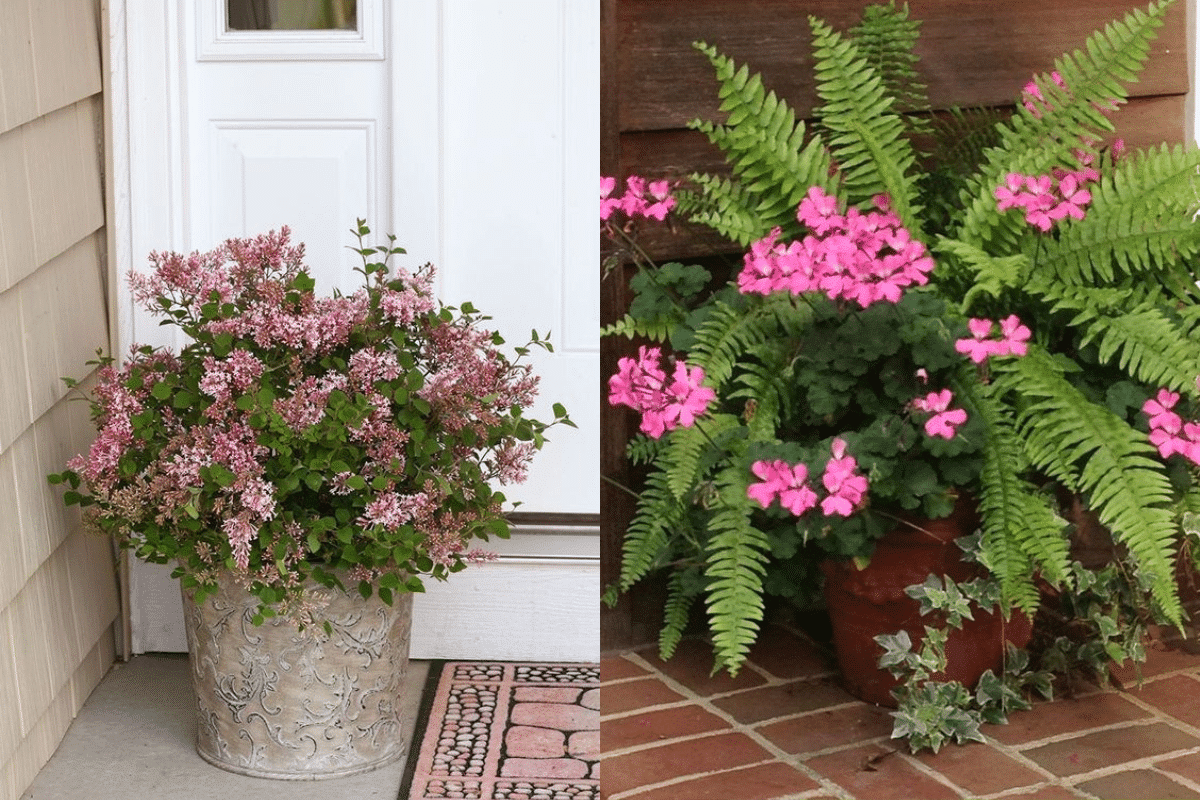
Are you looking to add a touch of elegance and understated beauty to your garden? Consider incorporating plants with small flowers. These delicate blossoms have a unique charm that can enhance any garden style, from cottage gardens to rock gardens and container gardens.
See also: Ideas for decorating the front door with plants and flowers
Plants with small flowers offer a range of benefits beyond their aesthetic appeal. They play a vital role in supporting pollinators like bees and butterflies, providing them with a valuable source of nectar and pollen. By including these plants in your garden, you can create a haven for these important species and contribute to the overall biodiversity of your surroundings.
With proper care and attention, small-flowered plants can thrive in your garden, bringing joy to both gardeners and nature enthusiasts. Their petite blooms add a whimsical touch to floral arrangements, making them perfect for special occasions or everyday decoration.
- The Beauty and Significance of Small-Flowered Plants
- Tips for Growing Small-Flowered Plants in Your Garden
- The Fascinating Science Behind Small Flower Shapes
- Incorporating Small-Flowered Plants in Floral Arrangements
- Plants with Small Flowers for Different Garden Styles
- Conclusion
-
FAQ
- What are small-flowered plants?
- Why should I include small-flowered plants in my garden?
- How can I ensure the successful growth of small-flowered plants in my garden?
- What is the science behind small flower shapes?
- Which small-flowered plants are suitable for floral arrangements?
- Which garden styles can small-flowered plants be incorporated into?
The Beauty and Significance of Small-Flowered Plants
Small-flowered plants hold a unique charm in gardens and natural landscapes. Their delicate blossoms add a touch of elegance and understated beauty. These plants are often sought after for their petite size, making them suitable for both large and small garden spaces. They can be easily incorporated into various gardening styles, such as cottage gardens, rock gardens, or container gardens.
Small-flowered plants not only provide aesthetic appeal but also play a vital role in supporting pollinators, such as bees and butterflies, in their search for nectar and pollen. By including these plants in your garden, you can create a haven for these important species and contribute to the overall biodiversity of your surroundings.
"The delicate blossoms of small-flowered plants add a touch of elegance and understated beauty to gardens."
Whether you have a small balcony or a sprawling backyard, small-flowered plants can bring beauty and biodiversity to your outdoor space. These plants come in a wide range of colors, shapes, and scents, making them a versatile choice for any garden style.
Enhancing Garden Aesthetics
Small-flowered plants are excellent additions to any garden style, thanks to their compact size and delicate blooms. Here are some examples of popular small-flowered plants:
| Plant | Description |
|---|---|
| Viola tricolor | Petite blossoms with a vibrant mix of purple, yellow, and white |
| Primula vulgaris | Tiny flowered plants with soft pink or yellow blooms |
| Anemone blanda | Delicate flowers in shades of blue, pink, and white |
These plants can be arranged in borders, used as ground covers, or placed in containers for a touch of elegance. Their petite blooms provide a visual contrast to larger flowers, creating a stunning display that catches the eye.

Furthermore, these plants attract pollinators, such as bees and butterflies, which play a crucial role in plant reproduction and overall ecosystem health. By inviting these important species into your garden with small-flowered plants, you are contributing to the well-being of the environment.
Whether you are a beginner gardener or a seasoned green thumb, small-flowered plants offer a world of possibilities for creativity and enjoyment. Explore the variety of options available and experiment with different combinations to design a garden that showcases the unique beauty of these delicate blooms.
Tips for Growing Small-Flowered Plants in Your Garden
Growing plants with small flowers can be a delightful addition to your garden, providing delicate and dainty blooms that bring a touch of elegance. To ensure the successful growth and flourishing of these plants, consider the following tips:
- Choose the right location: Select a suitable spot in your garden that provides the ideal growing conditions for small-flowered plants. Consider factors such as sunlight exposure, soil type, and drainage.
- Provide adequate sunlight: Most small-flowered plants thrive in full or partial sunlight. Ensure they receive at least 4-6 hours of direct sunlight each day to promote healthy growth and abundant blooms.
- Water appropriately: Small-flowered plants often have delicate root systems, so it's essential to water them properly. Check the moisture level of the soil regularly and provide sufficient water to keep it consistently moist but not waterlogged.
- Use well-draining soil: Small-flowered plants generally prefer well-draining soil to prevent root rot and other moisture-related issues. If your garden soil is heavy or poorly draining, consider amending it with organic matter or using raised beds.
- Fertilize wisely: Apply a balanced fertilizer or organic plant food according to the specific needs of your small-flowered plants. Follow the recommended dosage and frequency to avoid nutrient burn or overfeeding.
- Protect from pests: Monitor your plants regularly for any signs of pest infestation, such as aphids or snails. Take appropriate measures to control pests, such as using organic insecticides or employing natural pest deterrents.
- Prune and deadhead: Regular pruning and deadheading help promote bushier growth and continuous blooming in small-flowered plants. Remove any spent flowers or damaged foliage to maintain the plant's health and appearance.
Pro Tips: Ensure you research the specific care requirements of the small-flowered plants you choose for your garden. Different species may have varying preferences for soil pH, humidity levels, and temperature ranges. By understanding their needs, you can provide the best conditions for their growth and maximize their beauty in your garden.
By following these tips, you can cultivate a stunning collection of plants with petite blooms in your garden. The delicate beauty and charm of small-flowered plants will undoubtedly enhance the overall aesthetic appeal of your outdoor space.
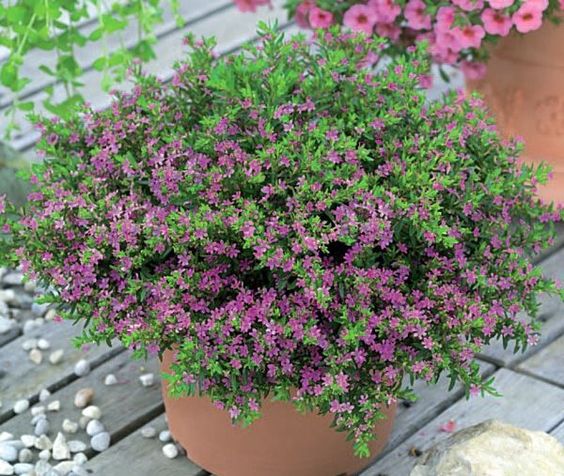
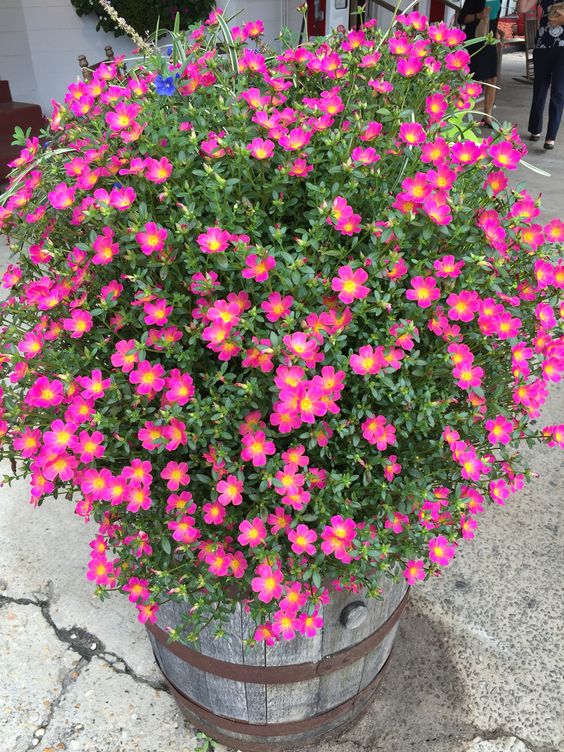
Table: Comparison of selected small-flowered plants for garden cultivation
| Plant Name | Blossom Color | Bloom Time | Preferred Sunlight | Watering Needs |
|---|---|---|---|---|
| Lavender | Purple, Blue, White | Summer | Full Sun | Moderate |
| Primrose | Yellow, Pink, Orange | Spring | Partial Shade | Regular |
| Pansy | Mixed Colors | Spring, Fall | Full Sun to Partial Shade | Moderate |
| Impatiens | Various Shades | Spring to Fall | Shade to Partial Shade | Frequent |
The Fascinating Science Behind Small Flower Shapes
The shapes of small flowers are not only visually appealing but also serve a purpose in the plant kingdom. The symmetrical shapes of flower organs, such as petals and reproductive parts, play a crucial role in the plant's survival and reproductive success.
Researchers at the John Innes Centre have uncovered some of the secrets behind the symmetrical shape of the female plant sex organ, called the style, which acts as the landing site for pollen. They have identified a molecular mechanism involving enzymes and protein modifications that influence the development of style shape.
This discovery sheds light on the fundamental mechanisms underlying the morphological diversity of small flower shapes and has implications for crop improvement and sustainability.

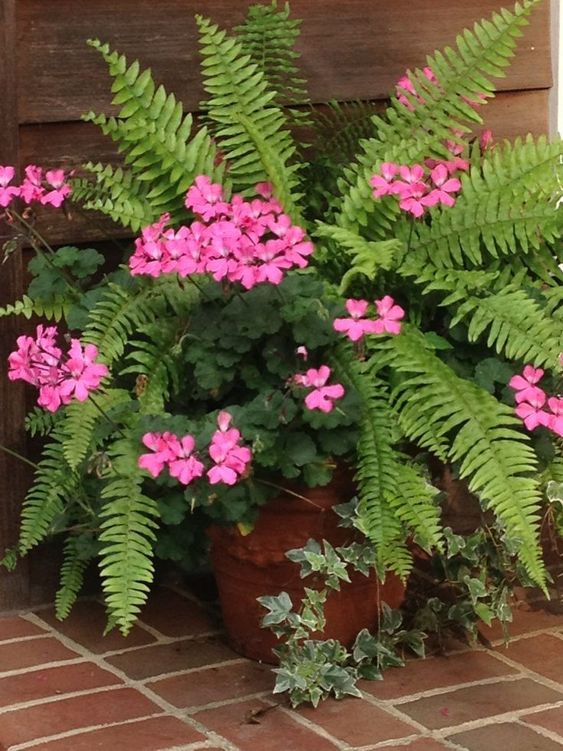
The Role of Symmetry in Small Flower Shapes
The symmetrical shape of small flowers is not merely a matter of aesthetics; it is intricately tied to the plant's reproductive strategy. Symmetry plays a crucial role in attracting pollinators and ensuring successful pollination.
\"The symmetrical shape of small flowers is a result of intricate molecular mechanisms that affect the development of flower organs, ensuring efficient pollination and reproductive success.\"
Implications for Crop Improvement and Sustainability
The insights gained from studying small flower shapes have far-reaching implications for crop improvement and sustainability. By understanding the molecular mechanisms that influence flower development, scientists can potentially manipulate these processes to enhance crop yield and resilience.
Furthermore, the preservation and cultivation of plants with small flowers can contribute to ecosystem stability and biodiversity conservation. These delicate blooms serve as a vital source of food and habitat for pollinators, ensuring the continued reproduction of many plant species.
Incorporating Small-Flowered Plants in Floral Arrangements
Small-flowered plants can add a delicate touch to floral arrangements, whether for special occasions or everyday decoration. Their petite blossoms complement larger blooms and fillers, creating a harmonious balance. Some popular small-flowered plants for floral arrangements include:
- Baby's Breath
- Forget-Me-Nots
- Lily of the Valley
- Sweet Peas
- Violets
These plants bring a sense of charm and intricacy to bouquets, centerpieces, and other floral creations. They can be combined with larger blooms to add texture and visual interest or used as standalone focal points for minimalist arrangements.
The delicate flowers of these small-flowered plants create a romantic and whimsical ambiance, perfect for various occasions and aesthetics.
Here is an example of how small-flowered plants can be incorporated into a floral arrangement:

| Flowers | Additional Greenery/Fillers |
|---|---|
| Baby's Breath | Ferns |
| Forget-Me-Nots | Eucalyptus leaves |
| Lily of the Valley | Delicate branches |
| Sweet Peas | Wax flowers |
| Violets | Baby's Tears |
This arrangement showcases the beauty of small-flowered plants while incorporating additional elements for a well-rounded composition. The petite blooms of the small-flowered plants stand out among the greenery and create an enchanting visual display.
Plants with Small Flowers for Different Garden Styles
Small-flowered plants offer versatility and charm to various garden styles. Their petite blooms add a delicate touch and can enhance the overall aesthetic appeal of your outdoor space. Whether you prefer a traditional cottage garden or a modern container garden, there are small-flowered plants suitable for every garden style.
1. Cottage Garden
The cottage garden style exudes a nostalgic charm with its informal layout and a mix of flowers, herbs, and shrubs. Small-flowered plants that complement this style include:
| Plant | Description |
|---|---|
| Rosemary | Fragrant herb with small blue flowers, perfect for borders or potted arrangements. |
| Lavender | Compact shrub with delicate purple flowers, ideal for creating a calming atmosphere. |
| Sweet Alyssum | Trailing plant with clusters of tiny white blossoms, great for hanging baskets or ground cover. |
2. Rock Garden
The rock garden style showcases plants that thrive in rocky and dry conditions. Small-flowered plants that thrive in this environment include:
| Plant | Description |
|---|---|
| Creeping Phlox | Carpet-like ground cover with small blossoms in various colors, perfect for cascading over rocks. |
| Creeping Thyme | Aromatic herb with tiny purple flowers, great for filling gaps between rocks or stepping stones. |
| Sempervivum | Succulent rosette plants with small, star-shaped flowers, adding texture to your rock garden. |
3. Container Garden
The container garden style offers versatility and allows you to create a stunning display in small spaces. Small-flowered plants that thrive in containers include:
| Plant | Description |
|---|---|
| Impatiens | Colorful annuals with delicate blossoms in shades of pink, white, and red, perfect for adding pops of color. |
| Nasturtium | Edible flowers with vibrant colors, ideal for trailing down the sides of containers or hanging baskets. |
| Viola | Charming flowers in various colors, including pansies and Johnny-jump-ups, great for adding a whimsical touch to your containers. |
By incorporating these small-flowered plants into your garden, you can create a stunning display that suits your preferred garden style. Experiment with different combinations and arrangements to achieve the desired effect.
Beauty can be found in the smallest of blossoms, and these plants with petite blooms make a lasting impact in any garden style.

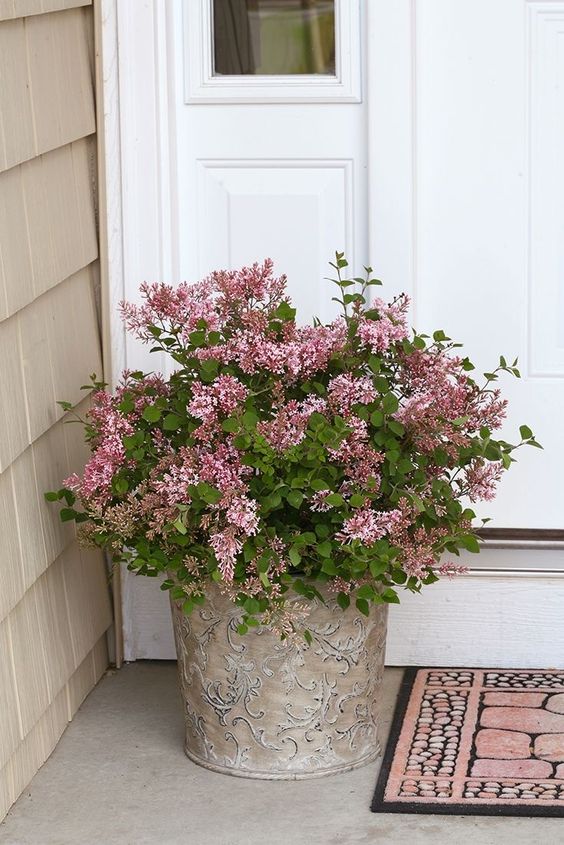
Conclusion
Plants with small flowers bring a unique and enchanting charm to any garden. Their delicate and intricate blossoms add a touch of elegance and beauty to outdoor spaces. Whether you have a large garden or a small urban balcony, these small-flowered plants can be incorporated into various garden styles, bringing versatility and enhancing the overall aesthetic appeal.
Aside from their visual appeal, small-flowered plants play an important role in supporting pollinators and contributing to biodiversity. By planting these delicate flowering plants, you create a haven for bees, butterflies, and other pollinators, ensuring the continuation of essential ecosystem services.
With the right care and attention, these plants can thrive and bring joy to gardeners and nature enthusiasts alike. From petite blossoms to dainty flowers, the allure of these small-sized blooms is undeniable. Consider adding some of these exquisite plants to your garden, and experience the beauty they bring to your outdoor spaces.
FAQ
What are small-flowered plants?
Small-flowered plants are plants that have delicate blossoms and petite-sized flowers. They add a touch of elegance and understated beauty to gardens and natural landscapes.
Why should I include small-flowered plants in my garden?
Small-flowered plants not only provide aesthetic appeal but also play a vital role in supporting pollinators, such as bees and butterflies, in their search for nectar and pollen. By including these plants in your garden, you can create a haven for these important species and contribute to the overall biodiversity of your surroundings.
How can I ensure the successful growth of small-flowered plants in my garden?
To ensure the successful growth of small-flowered plants, you should provide them with the right amount of sunlight, water, and well-draining soil. It is also important to regularly fertilize and prune them as needed. Additionally, consider choosing plants that are well-suited to your climate and growing conditions.
What is the science behind small flower shapes?
Researchers at the John Innes Centre have uncovered some of the secrets behind the symmetrical shape of small flower organs, such as petals and reproductive parts. They have identified a molecular mechanism involving enzymes and protein modifications that influence the development of flower shape. This discovery has implications for crop improvement and sustainability.
Which small-flowered plants are suitable for floral arrangements?
Some popular small-flowered plants for floral arrangements include baby's breath, forget-me-nots, lily of the valley, sweet peas, and violets. These plants add a delicate touch and create a romantic and whimsical ambiance in bouquets and centerpieces.
Which garden styles can small-flowered plants be incorporated into?
Small-flowered plants can be incorporated into various garden styles, such as cottage gardens, rock gardens, or container gardens. They bring versatility and enhance the overall aesthetic appeal of these garden designs.